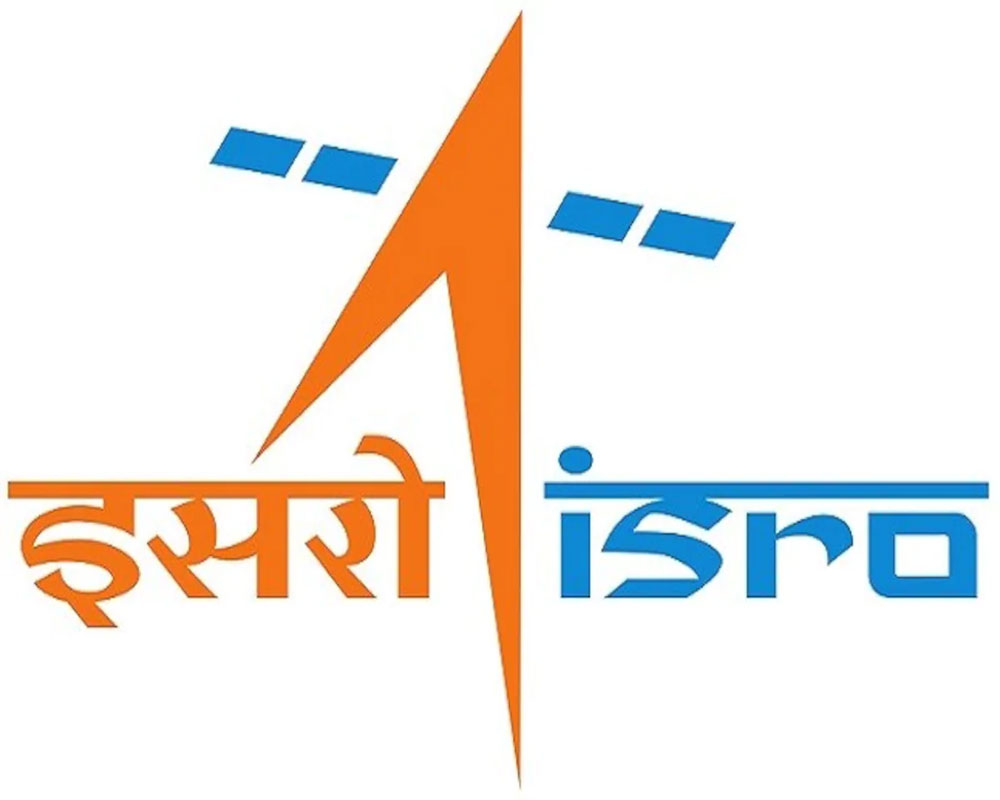The Indian space agency is likely to test its reusable launch vehicle's (RLV) landing on the ground sometime in November or December 2020, said a senior official.
The Indian Space Research Organisation (ISRO) is targeting to build RLV similar to USA's space shuttle to put into orbit satellites and come back to land for the next mission. This in turn would bring down the satellite launch costs.
The two Indian rockets in service - Polar Satellite Launch Vehicle (PSLV) and Geosynchronous Satellite Launch Vehicle (GSLV) - and also the upcoming Small Satellite Launch Vehicle (SSLV) - are expendable ones.
"We are planning to test the Reusable Launch Vehicle's landing in Chitradurga District in Karnataka. We want to do the test in November/December this year," S. Somanath, Director, Vikram Sarabhai Space Centre (VSSC) -- part of ISRO -- told IANS.
As per plans, the RLV will be lifted up by a helicopter and from the height of four km it will be released.
Post release by the helicopter, the RLV will glide and navigate towards the runway and land on its own in an airfield in Chitradurga District deploying its parachute, Somanath said.
According to ISRO, RLV Interface System (RIS) for interfacing with helicopter and Qualification Model of landing gear have been realised.
Simply put, RLV will ascend to orbit, stay there, re-enter and land on a runway like an aircraft. The technology has the challenges of meeting the complexities of both -- a rocket and an aircraft.
According to Somanath, about 30-40 ISRO officials have to be taken to Chitradurga and stay there for about two weeks.
In 2016, ISRO successfully tested RLV's descent from an altitude of 65 km, its atmospheric re-entry at around Mach 5 (five times the speed of sound).
According to ISRO, the vehicle's navigation, guidance and control system accurately steered the vehicle during this phase for safe descent.
After successfully surviving high temperatures of re-entry with the help of its Thermal Protection System (TPS), the vehicle successfully glided down to the defined landing spot over Bay of Bengal, at a distance of about 450km from Sriharikota in Andhra Pradesh.
Total flight duration from launch to landing of this mission lasted for about 770 seconds.


























